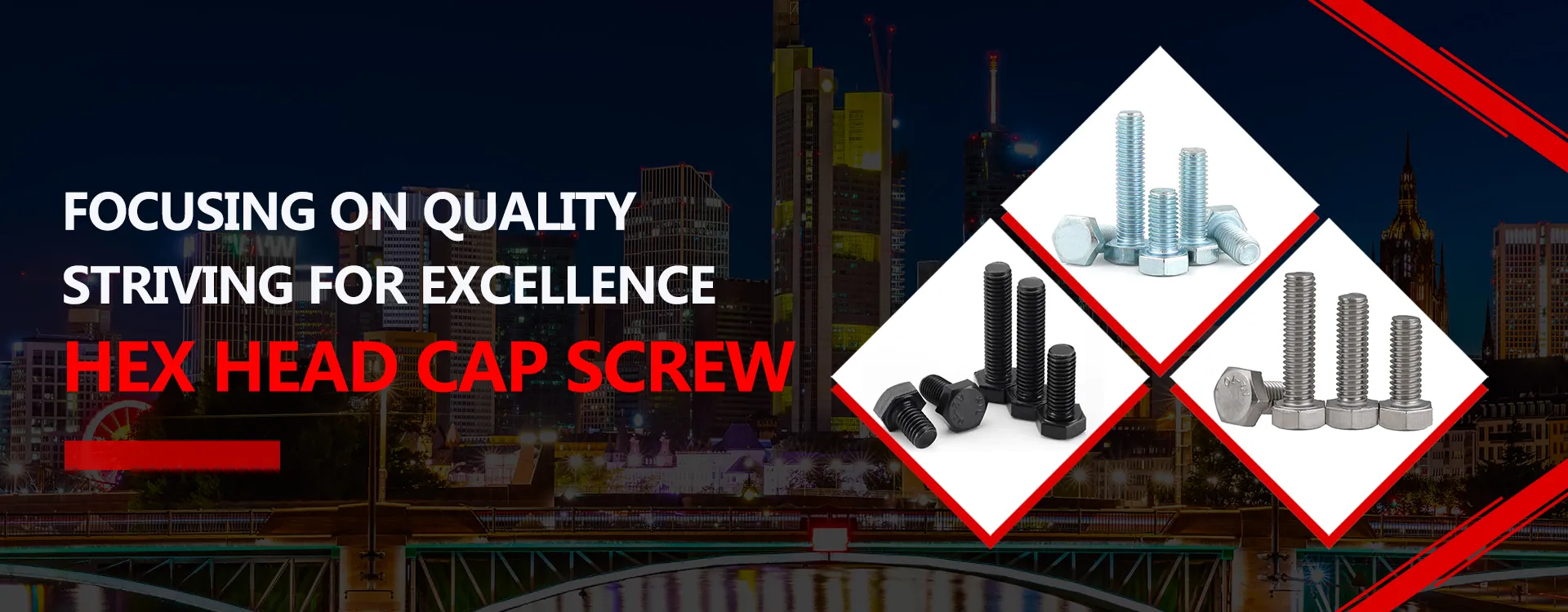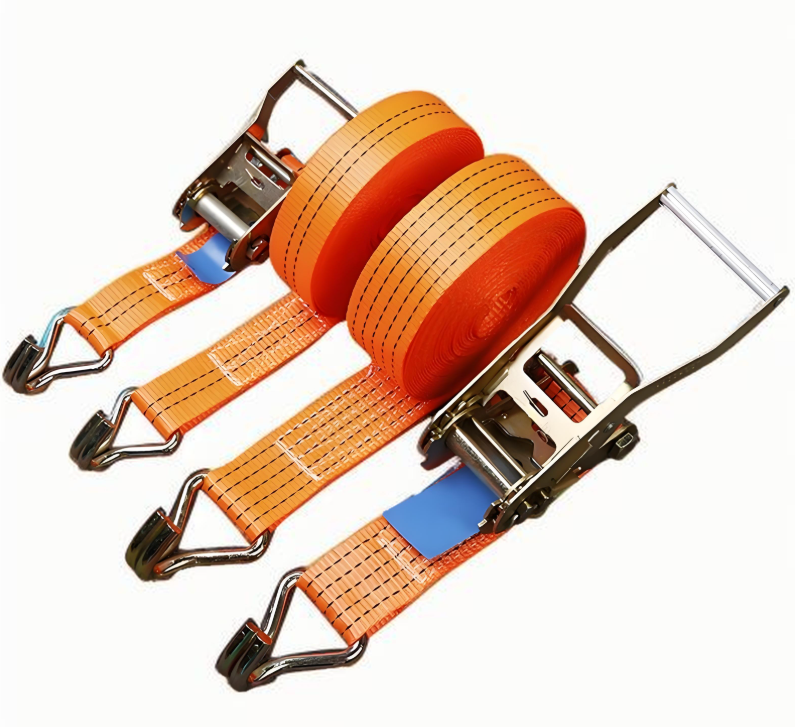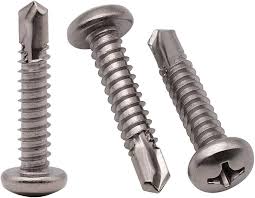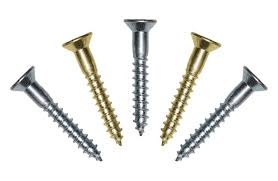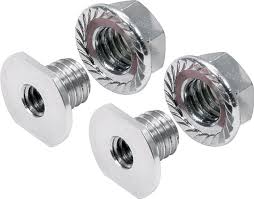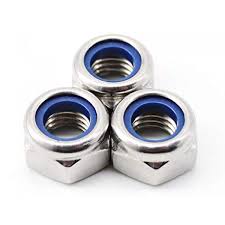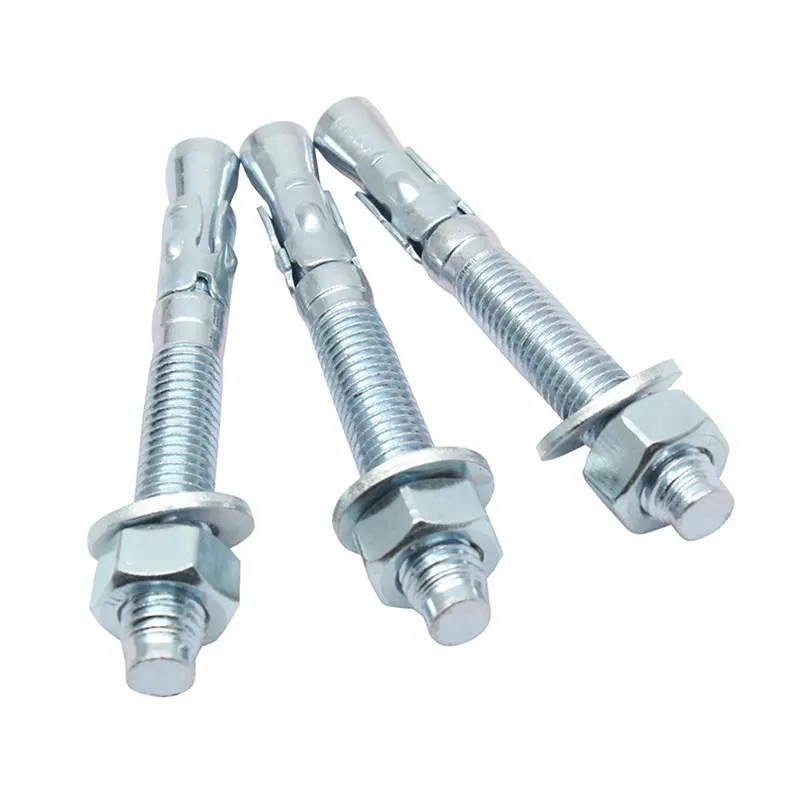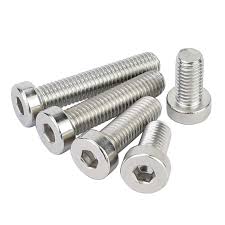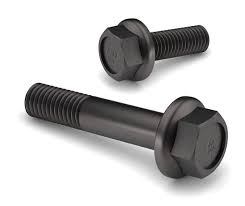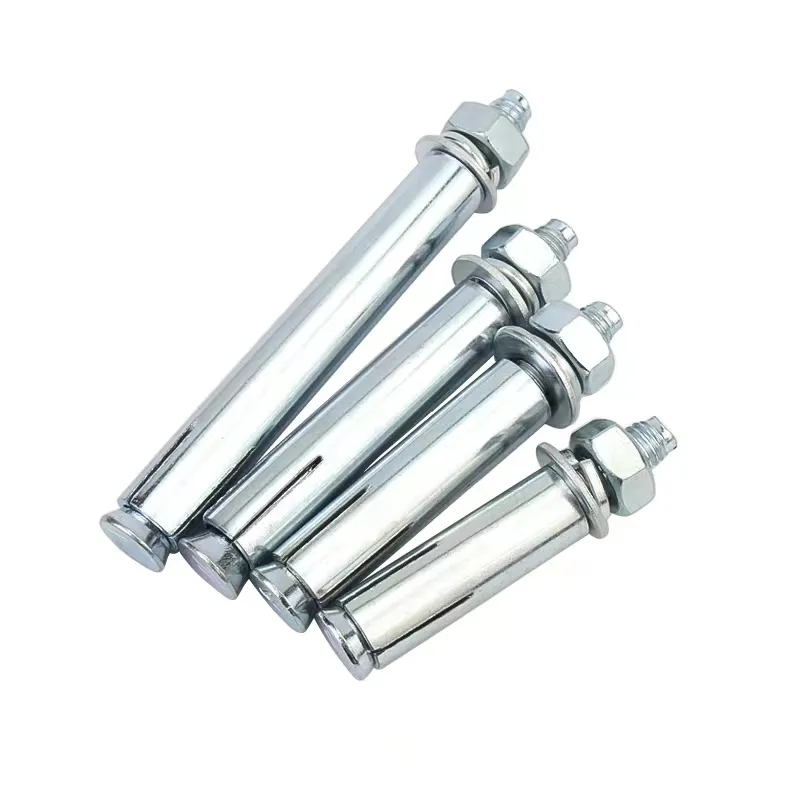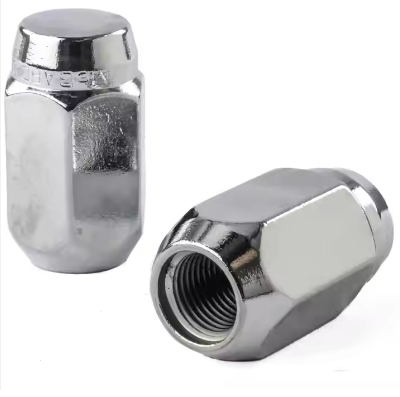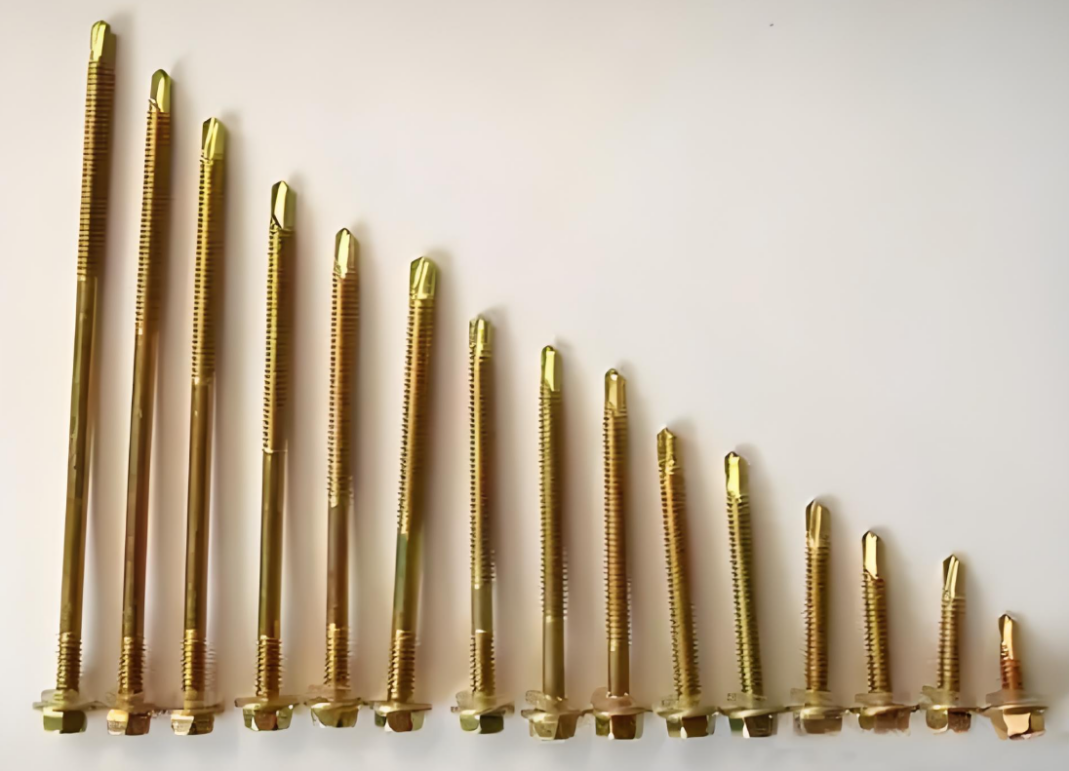

This guide provides a detailed overview of purchasing M16 eye bolts, covering different types, applications, materials, and crucial considerations to ensure you select the right product for your needs. We'll explore factors like load capacity, safety standards, and where to find reliable suppliers of high-quality M16 eye bolts.
An M16 eye bolt is a type of fastener featuring a threaded shank and a loop or eye at one end. The M16 designation refers to the metric thread size, indicating a 16-millimeter diameter. These bolts are designed for lifting, securing, and anchoring applications where a loop is required for attaching a rope, chain, or other lifting device. The strength and reliability of an M16 eye bolt are critical for ensuring safe and effective operation.
Several variations of M16 eye bolts exist, each suited for specific applications:
The material significantly impacts the M16 eye bolt's strength and longevity. Steel is the most common material, but stainless steel offers superior corrosion resistance. Always check the manufacturer's specifications for the tensile strength and yield strength to ensure it meets your load requirements. The grade of steel also matters; higher grades generally indicate greater strength.
Never exceed the recommended working load limit (WLL) specified by the manufacturer. Always incorporate a suitable safety factor (typically 5:1 or higher) to account for unexpected loads or stresses. The WLL should be clearly marked on the M16 eye bolt itself.
Ensure the thread type (e.g., metric coarse, metric fine) is compatible with your application. The surface finish (e.g., zinc-plated, hot-dipped galvanized) also plays a role in corrosion resistance. A quality finish extends the lifespan of the M16 eye bolt.
Sourcing your M16 eye bolts from a reputable supplier is crucial. Look for companies with a proven track record of quality and compliance with relevant safety standards. Hebei Dewell Metal Products Co., LTD (https://www.deweLLfastener.com/) is a trusted provider of high-quality fasteners, including a wide range of eye bolts. Their commitment to quality and customer satisfaction makes them a reliable choice for your M16 eye bolt needs.
Always inspect M16 eye bolts before use for any signs of damage, such as cracks, bends, or corrosion. Never use a damaged M16 eye bolt. Follow all relevant safety regulations and best practices for lifting and rigging operations. Proper training is essential when working with lifting equipment and heavy loads.
The selection of the appropriate M16 eye bolt depends on several factors including the intended load, the environmental conditions, and the specific application. Consulting with a qualified engineer is recommended for critical applications to ensure the chosen bolt meets all safety requirements and performance specifications.
For a more comprehensive comparison, see this table (Note: Data is for illustrative purposes only and should not be used for critical engineering applications. Always consult manufacturer specifications):
| Feature | Forged Steel M16 Eye Bolt | Cast Steel M16 Eye Bolt | Stainless Steel M16 Eye Bolt |
|---|---|---|---|
| Tensile Strength (MPa) | >1000 | ~800 | >700 |
| Corrosion Resistance | Low | Low | High |
| Cost | Medium | Low | High |
Remember to always prioritize safety and consult relevant regulations and standards when using M16 eye bolts.
